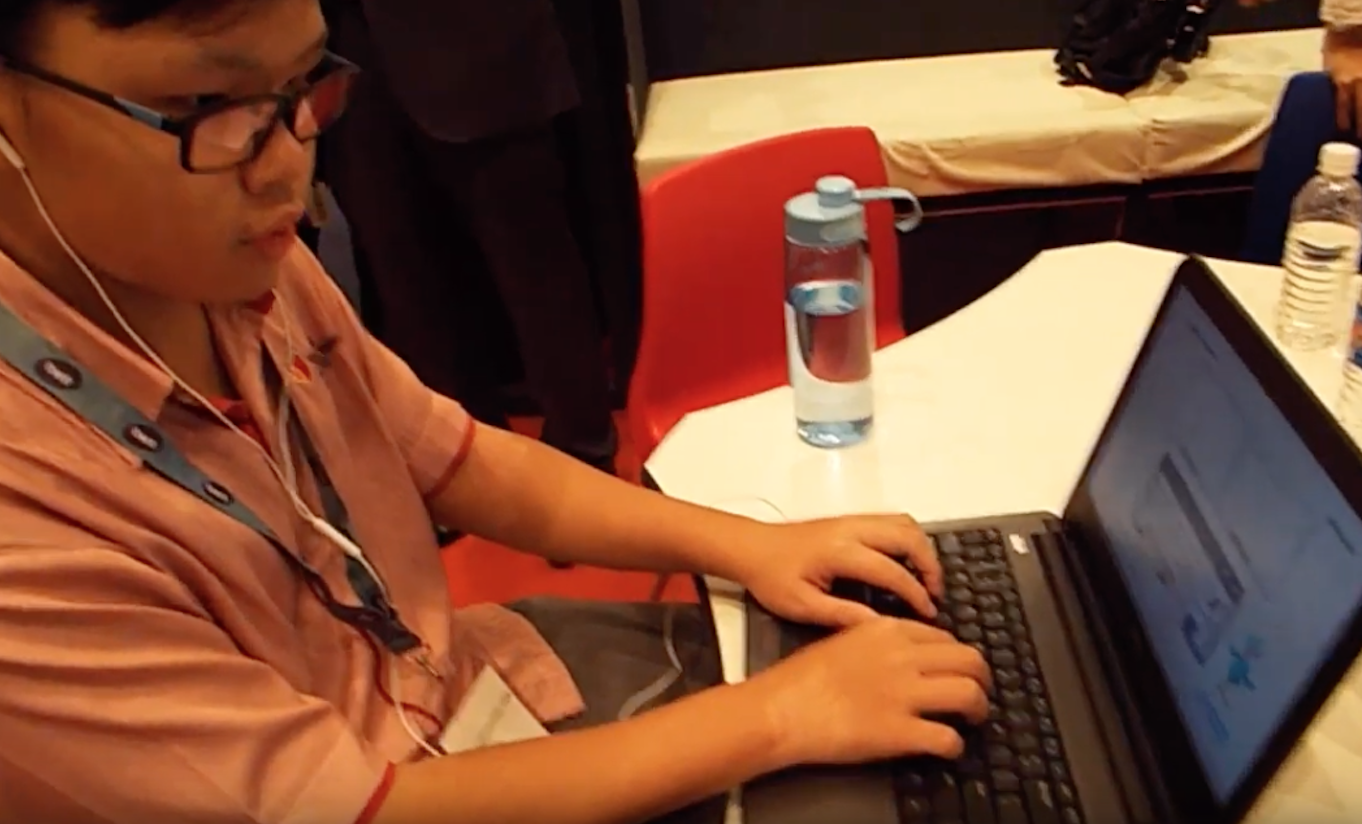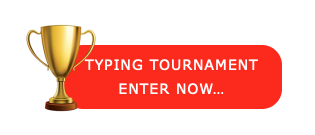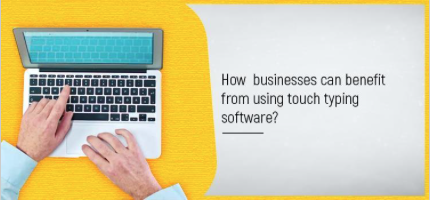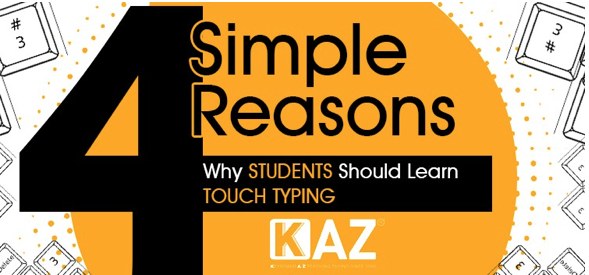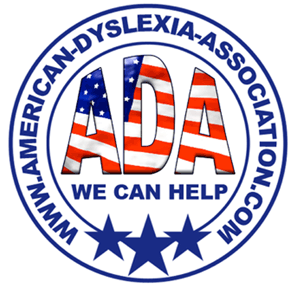The word ergonomics is derived from the Greek words ‘ergon’ meaning work and ‘nomos’ meaning laws.
According to the Oxford dictionary, ‘it is relating to or designed for efficiency and comfort in the working environment,’ be it in an office environment or within the home.
Simply defined, ergonomics is a science and is concerned with the design or arrangement of workplaces, equipment, furniture and systems, so that they suit the people who use them, enhancing their comfort, safety, efficiency and productivity.
Poor ergonomics subjects the body to awkward posture, repetitive / sustained movement over a long period, localised pressure to a body part, forceful exertions or extreme temperature.
These can all lead to numbness, tingling, cramp and pain of the hands, wrists, shoulders, neck, back, head, eyes and lower limbs, causing inflammation or irritation of tendons and musculoskeletal disorders (MSDs).
Ergonomists, also known as human factors specialists analyse the interaction between people and machinery/equipment. They have an understanding of musculoskeletal function and apply their knowledge to ensure correct workplace setup, correct furniture and make sure equipment is safe and as easy to use as possible.
Poor ergonomics can be seen in many professions, including those where typing at length is required. Slaving over a hot keyboard can be as dangerous as using heavy machinery. Research shows that if you work with computers, you are more likely to develop Repetitive Strain Injury (RSI) at some point in your career, than be involved in a car accident. Indeed, Philip Virgo, editor of the IT DPM Skills Trend Report
says, “the demise of traditional keyboard skills is the
main cause of RSI”.
Legal and safety experts fear that the health problems caused by an estimated four million keyboard users will grow without proper safeguards or training. Pressures on
employees can only increase, as executives are forced to take over responsibilities formerly covered at secretarial and clerical level. More and more are having to do their own typing because of economic
necessity, the lack of support staff and the speed of response that is required in most businesses today. This trend, when coupled with the constant danger of RSI, means there is a need for employers to offer keyboard skills training. This silent threat in the office is real and must be addressed.
KAZ typing software addresses these issues by delivering a tailored course, teaching the a-z keys in just 90 minutes. The program includes a specific module on correct posture, typing technique and RSI.
Graham Coath
Ergonomic and assistive technology consultant
Graham is a professional ergonomic and assistive technology consultant and has been working in the area of workplace assessments, adjustments, assistive technology and training for over 15 years. He has built his reputation providing assessments to the DSA and workplace and is hugely respected with clients ranging from individual home users to the largest financial institutions. As a master trainer he can demonstrate the benefits of products at your desk to ensure you make the right choice.
For a virtual home assessments or further advice contact: Graham at https://www.dseu.co.uk
Review by Cat Hase – Feb 2020 – Absolutely brilliant!
I’ve been experiencing some back and neck pain and suspected it was due to my desk set up. I had an idea of things I could try but no real clue as to whether they were the right things to do or not.
Enter Graham….
Graham did a virtual assessment with me, asking about the type of work I do, how I’m currently set up and all sorts of related questions to get a good understanding of where my issues might be coming from.
He then explained the different solutions along with WHY each one would help me. Knowing the why made a real difference to me. I’ve always wondered why on earth a chair would slope forwards and now I understand it’s about positioning your pelvis and back correctly. Suddenly it makes sense!
He gave me tips on how to use my current equipment better (like my sit/stand desk) and gave me recommendations of equipment that would help me further. I’ve already acted on his advice. As he said; “you only get one back” so it’s crucial that we do what we can to support and protect it.
Massive thanks for helping me find the right solutions for me – ones I can use not only at my desk but also when out and about.


